



DiiA Specification Part 351 (download here) is entitled "Luminaire-mounted Control Devices" and defines four different types (A-D) of control device.
Types A & B were developed to support outdoor lighting applications. You can use one of these, or one of each type on a D4i luminaire that includes the AUX supply described in Part 150. If using one of each, then type A takes control, using the sensor information from type B.
Type A is powered from the AUX supply, or another external supply, and type B can be powered from AUX, or another external supply, or from the DALI bus.
The D4i specification (Part 351) ensures that both a type A and a type B can be used together on a D4i luminaire that has a receptacle providing the AUX power supply (typically outdoor luminaires).
Similarly, type C was developed for indoor applications, and is similar in operation to type A, except that type C is bus-powered. Type C also takes control when used together with a type B.
Type D is not intended to be used with other control devices. It is a single-master application controller. These devices can be powered from the bus, the AUX supply or externally.
For details on a particular product, including the functionality it provides and the method of powering it, check the certified product entry in the product database.
| >> Technical Notes index page |